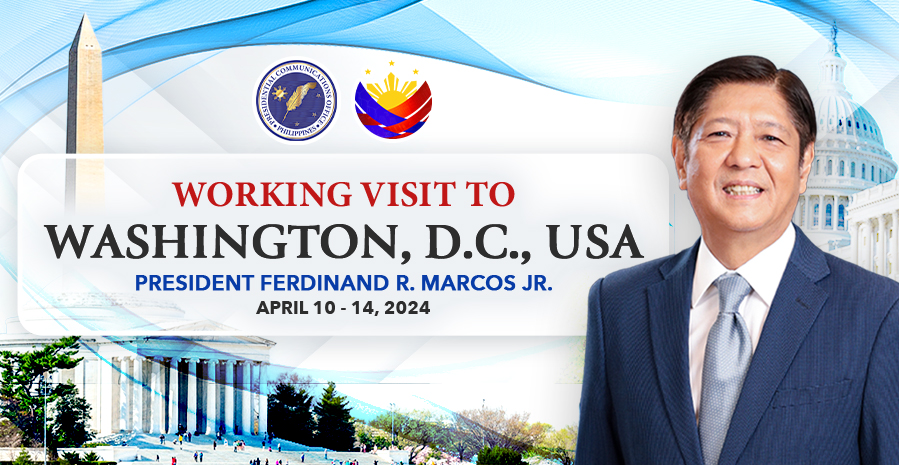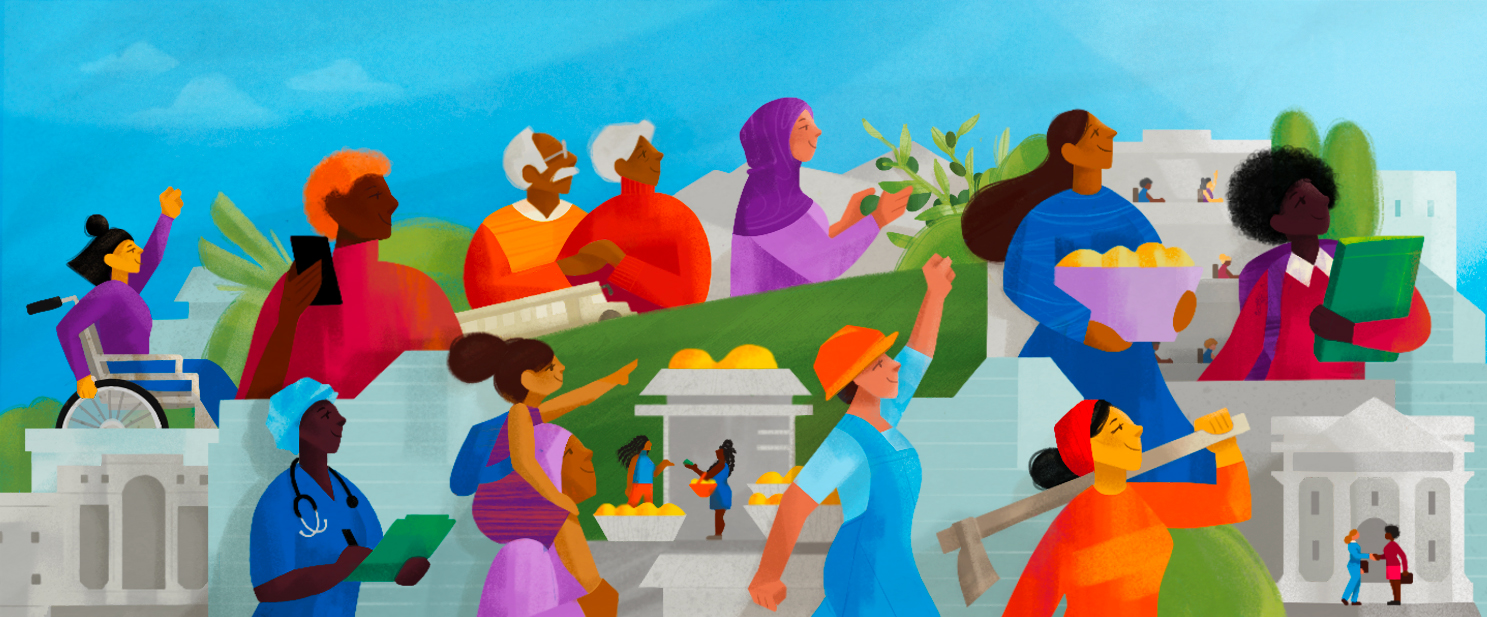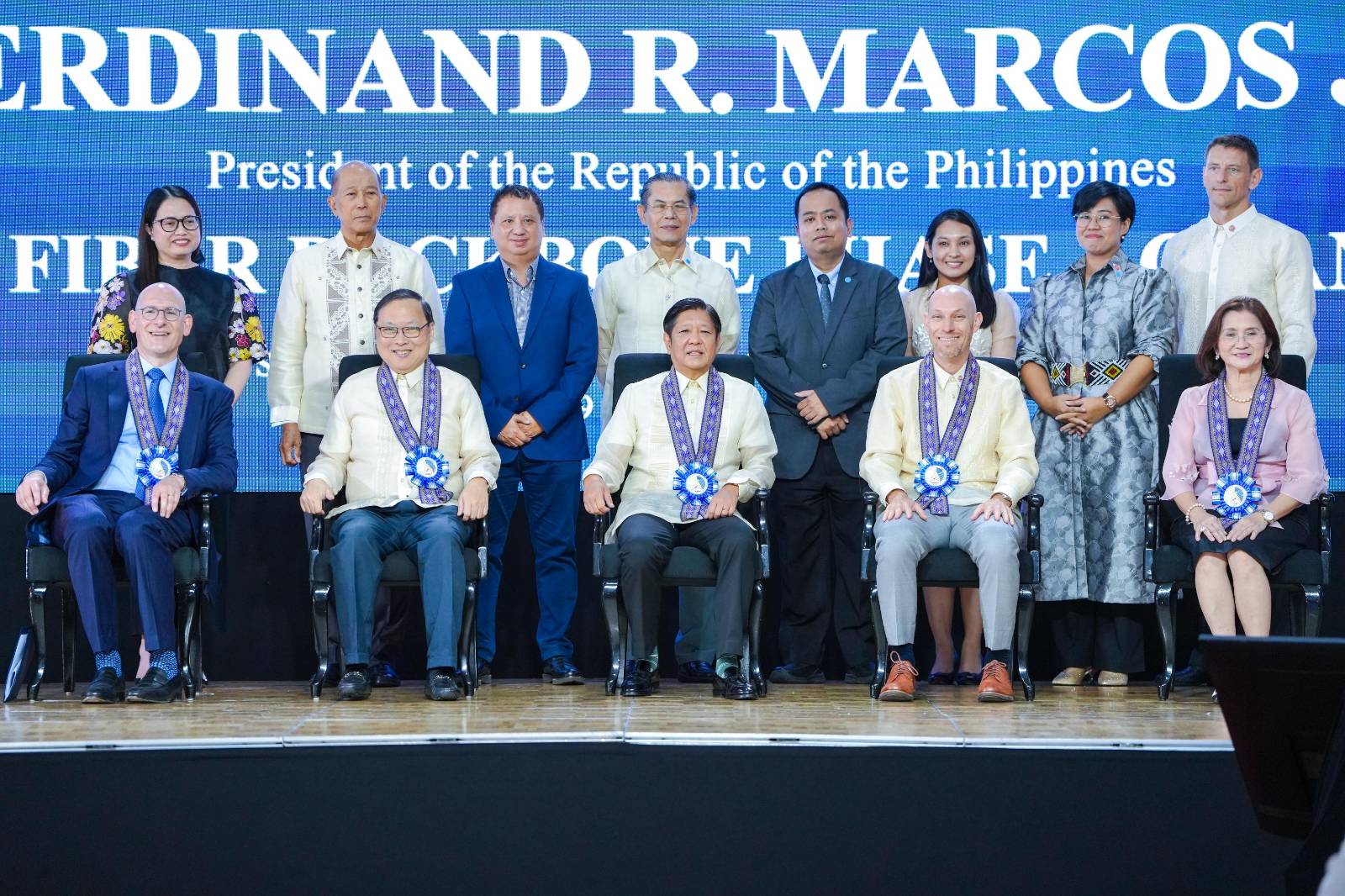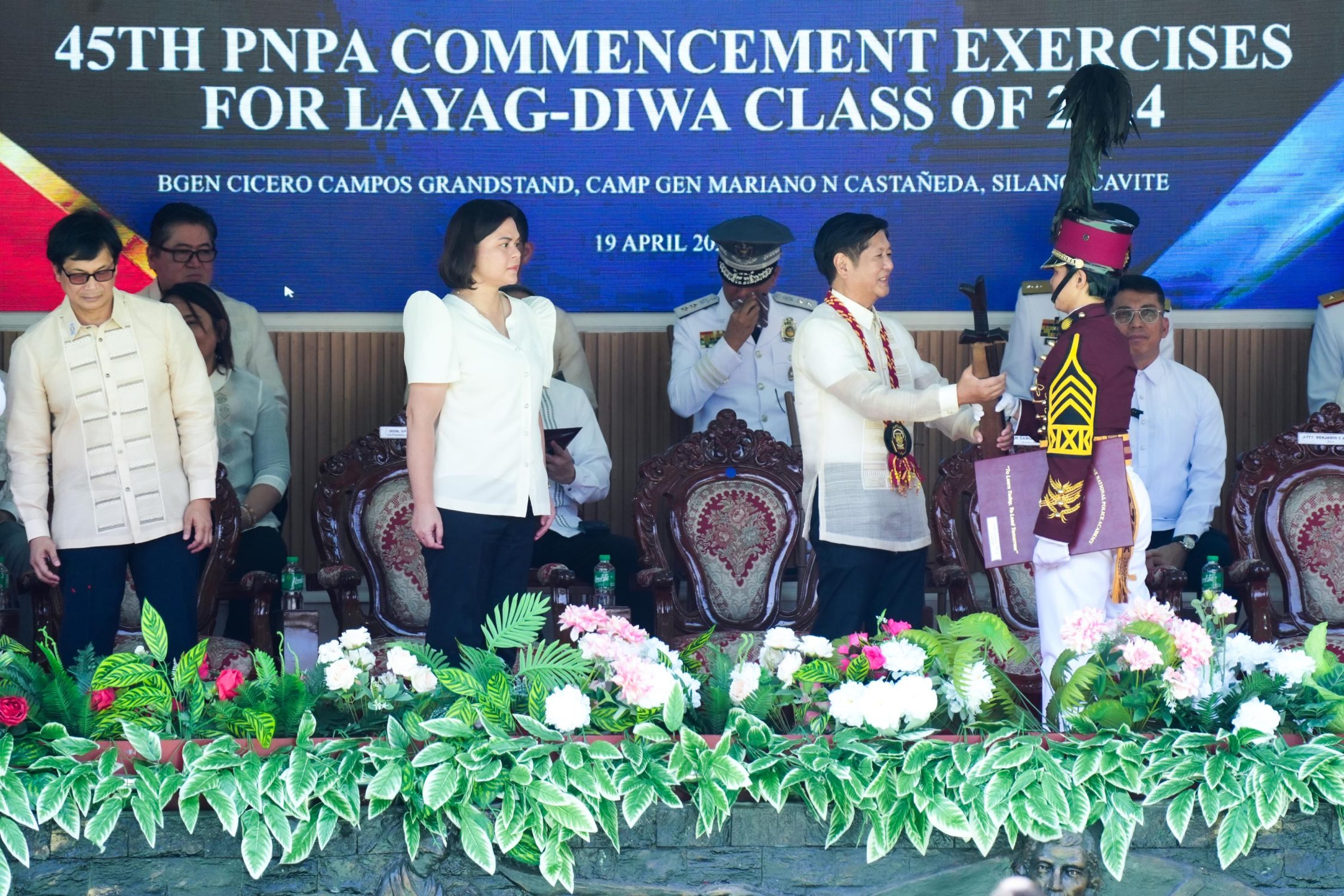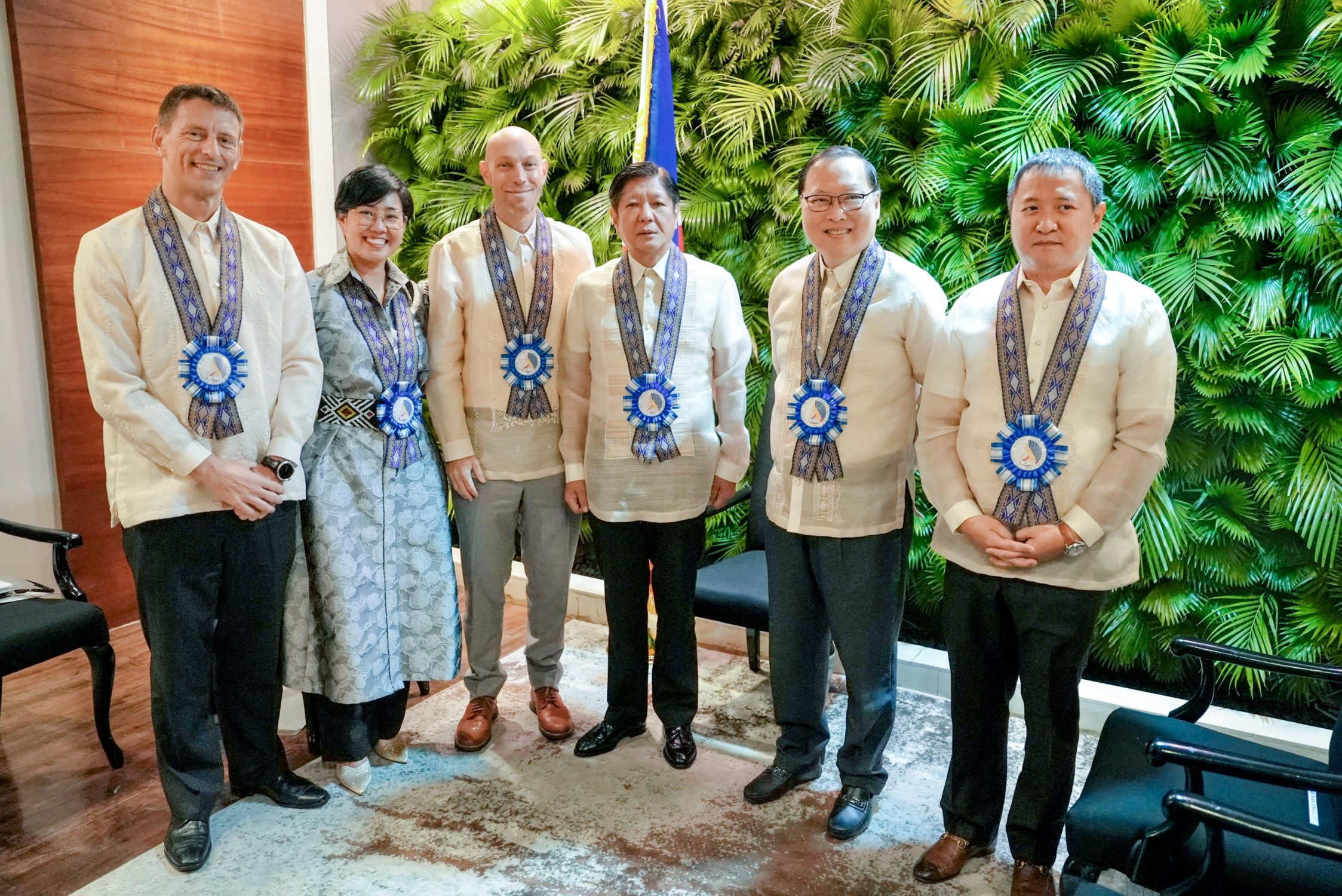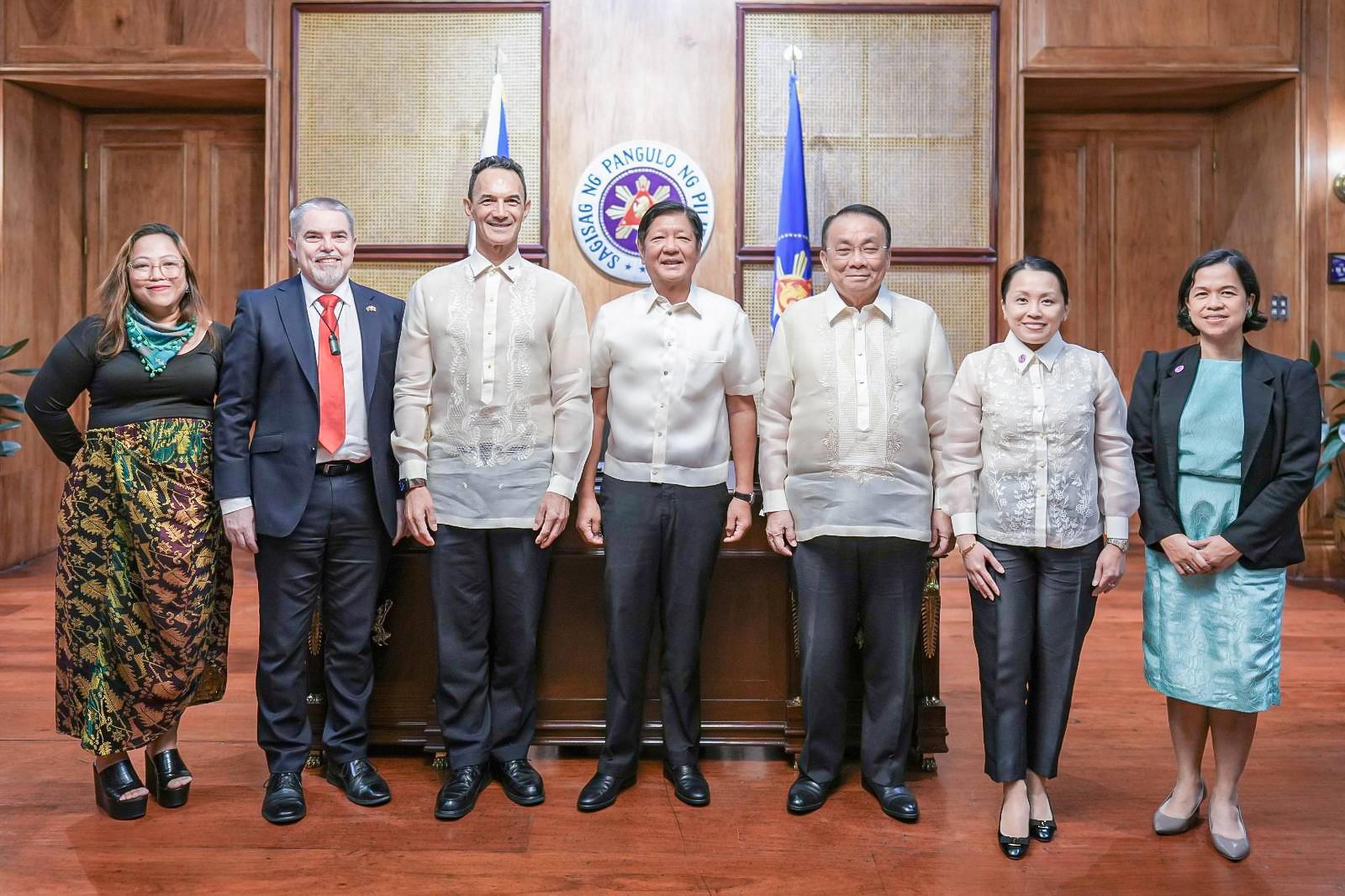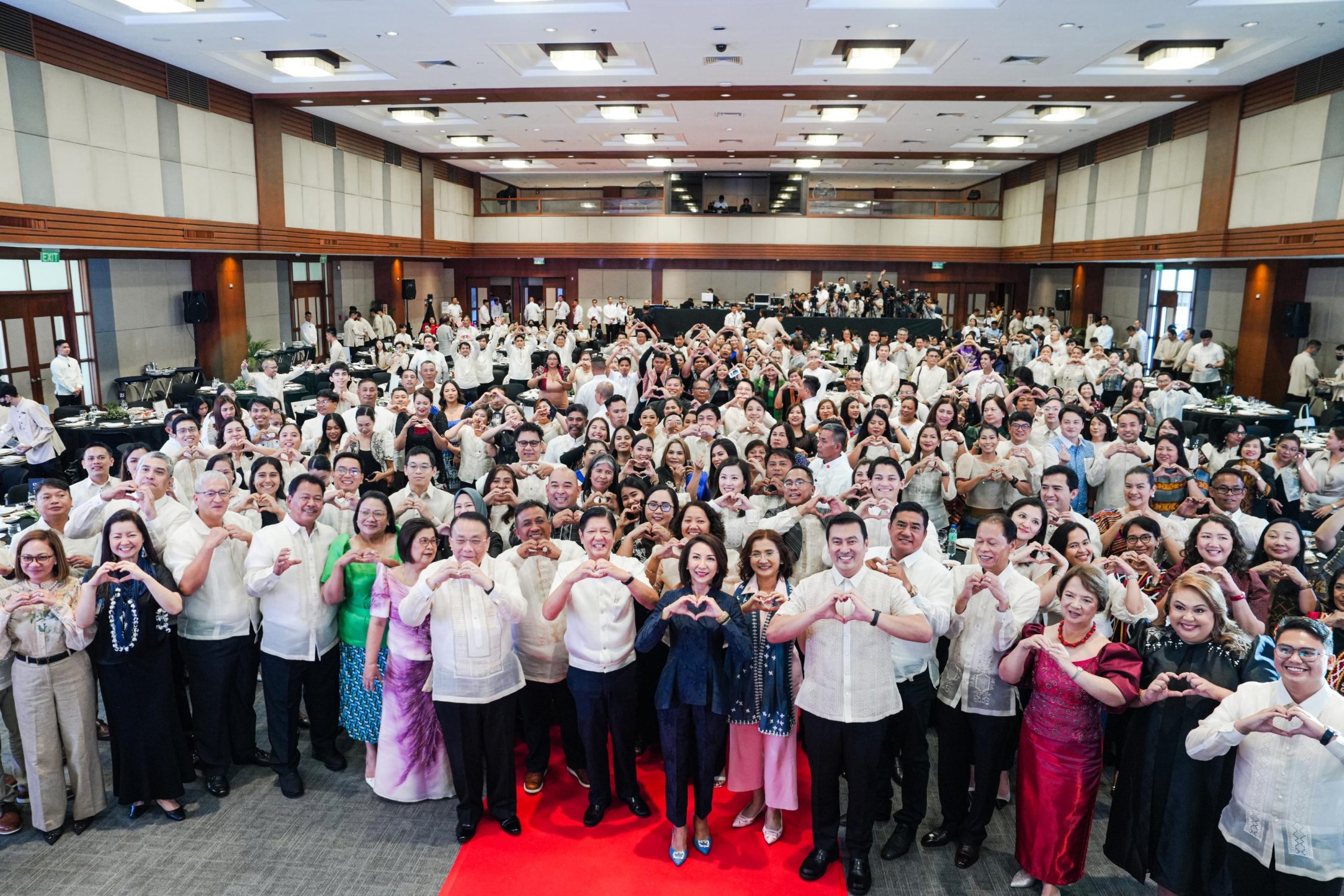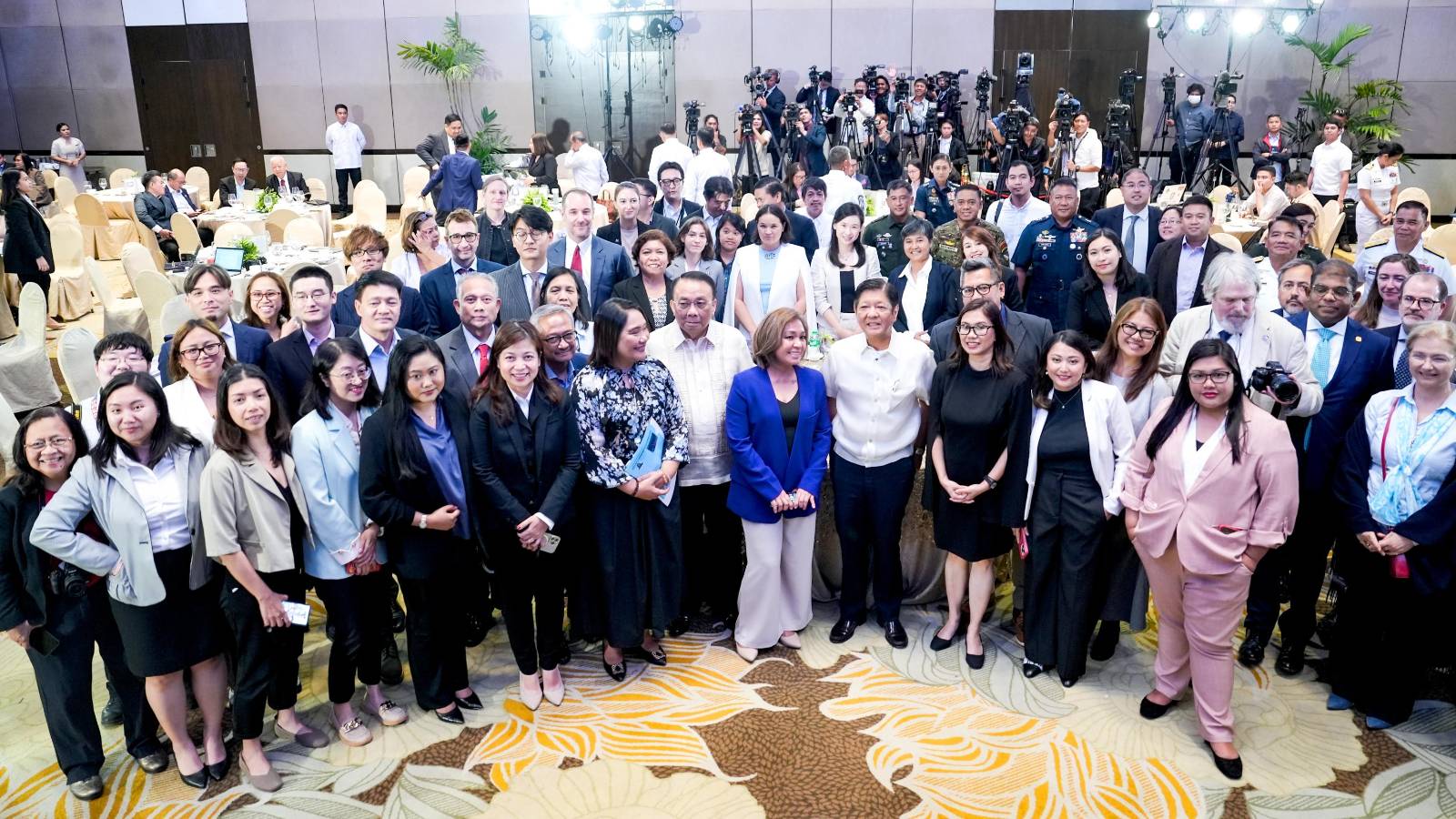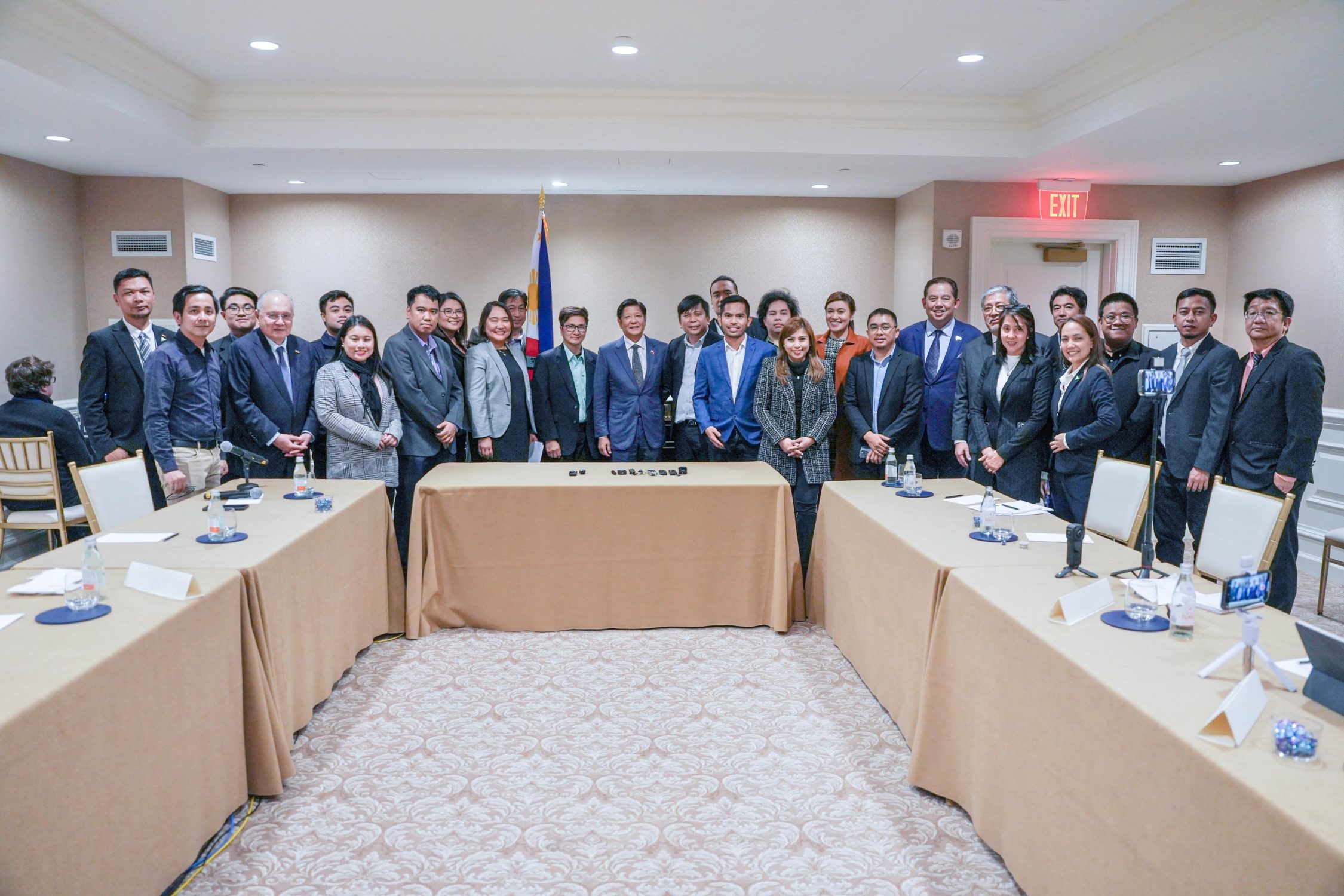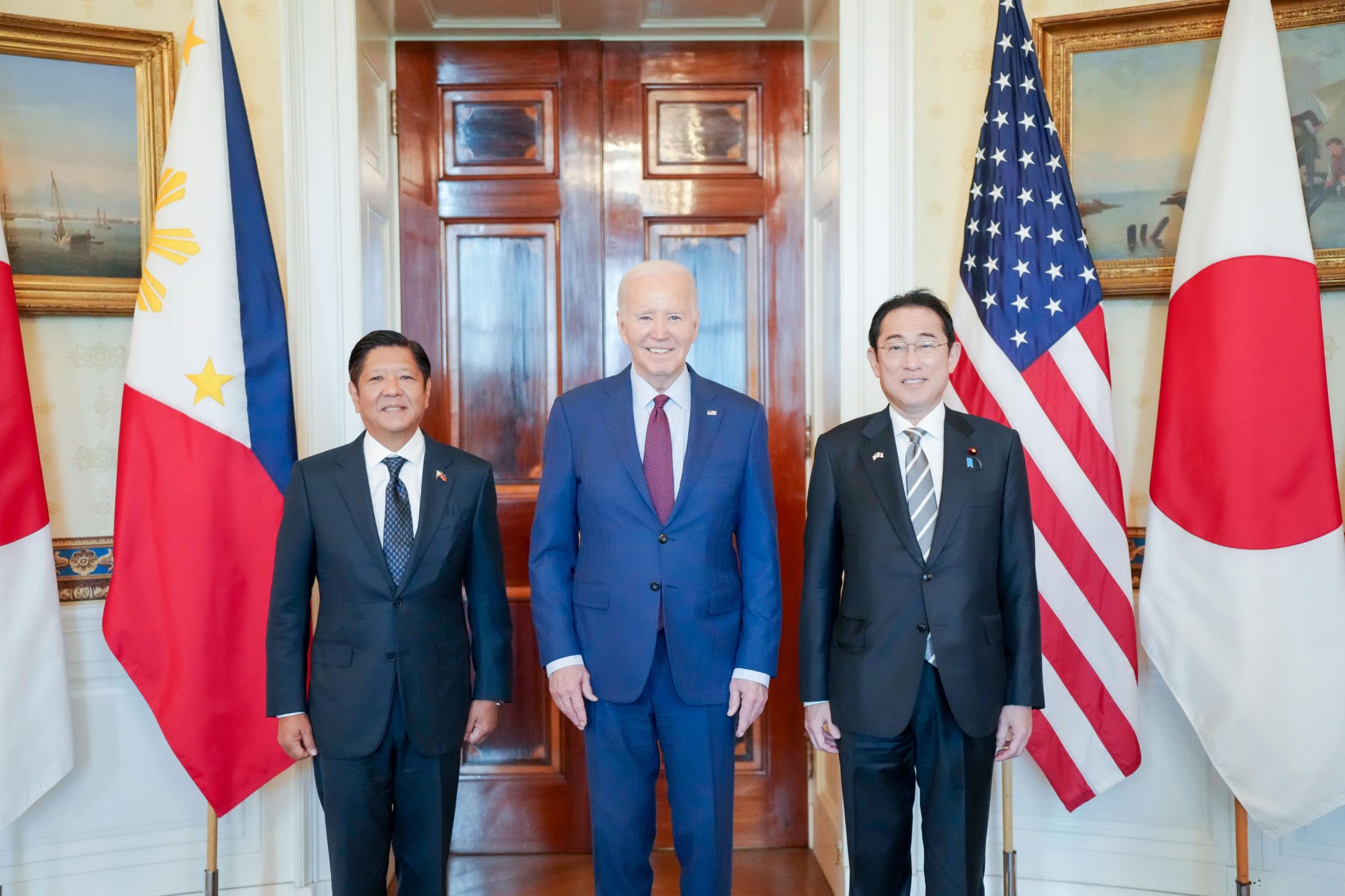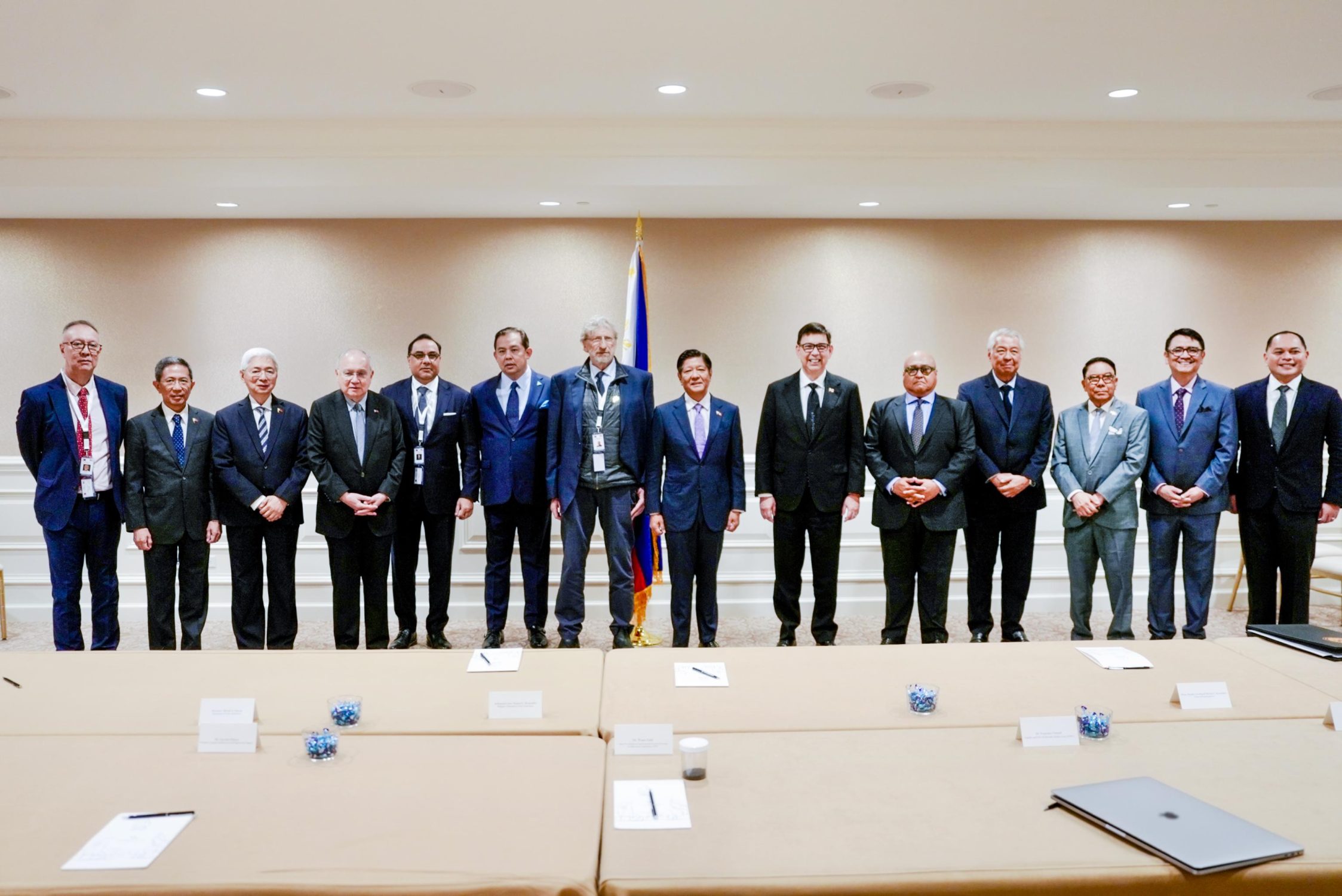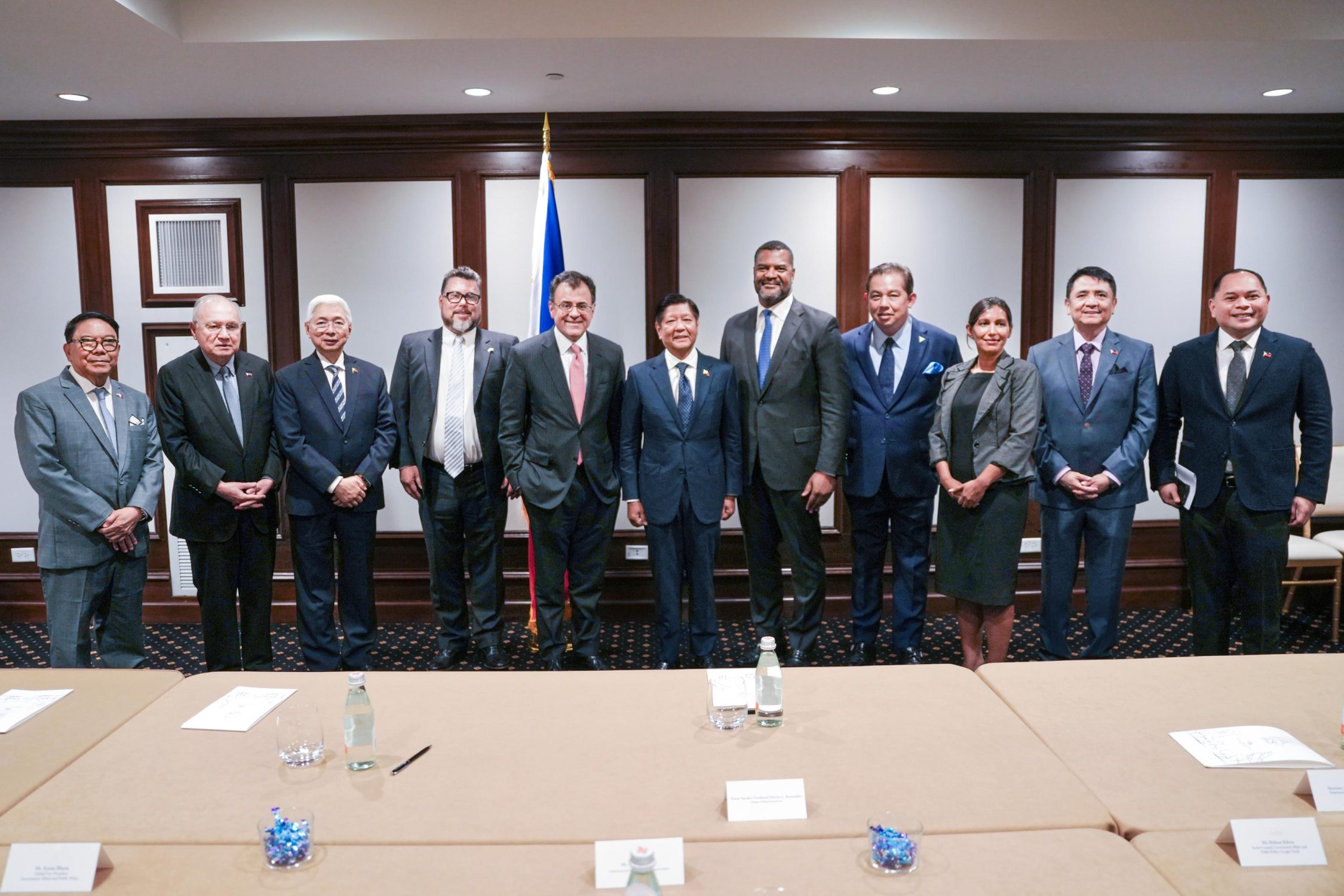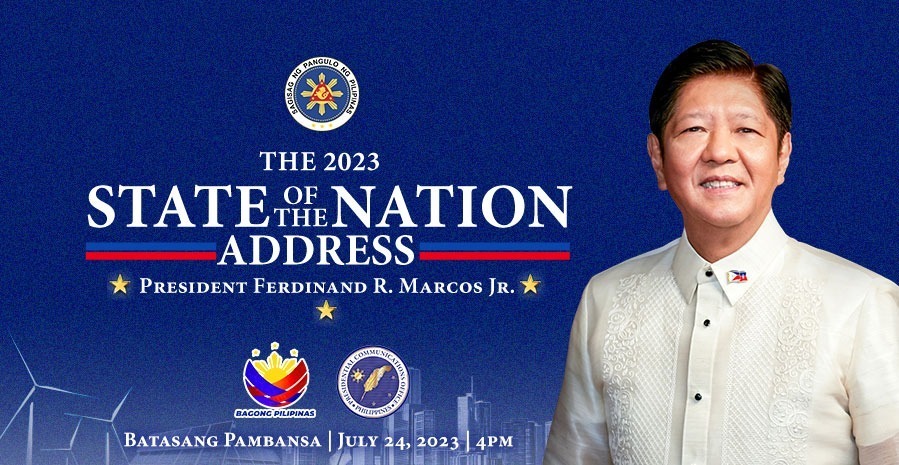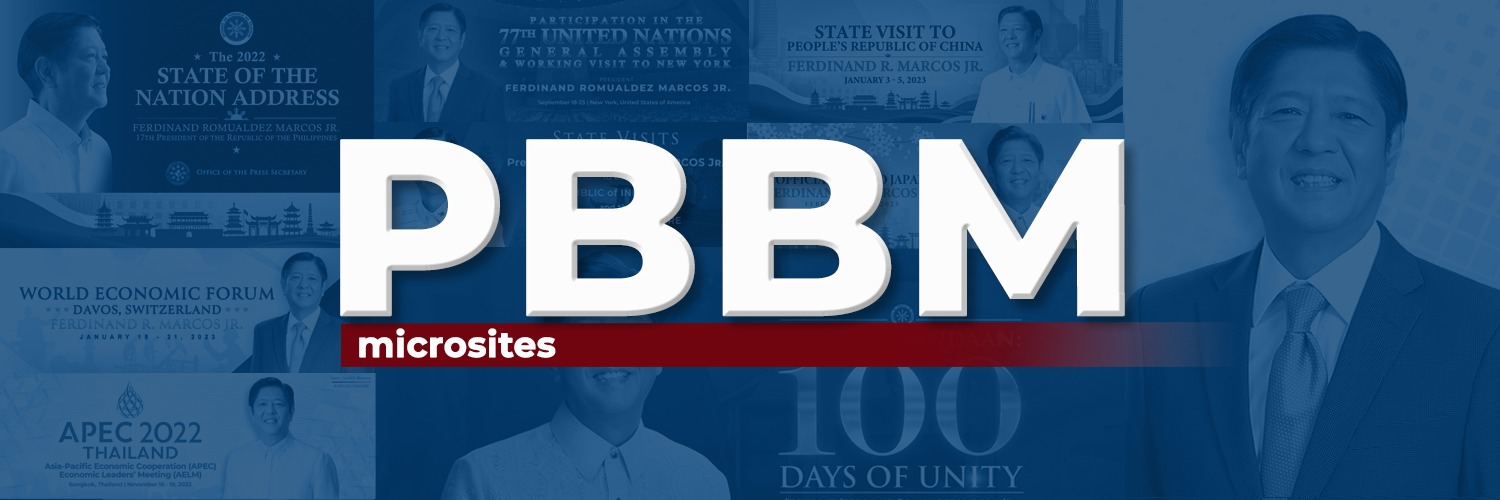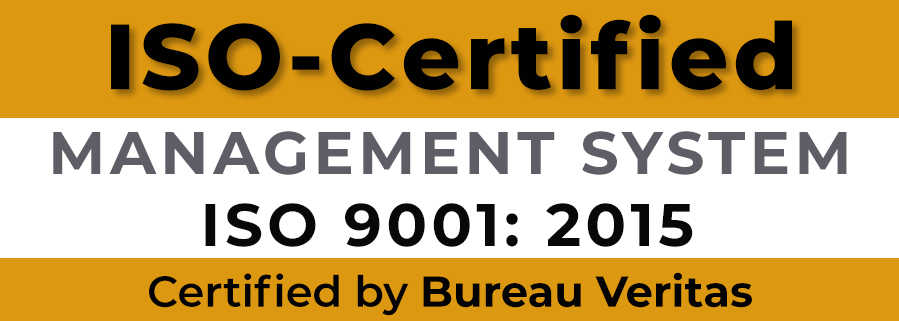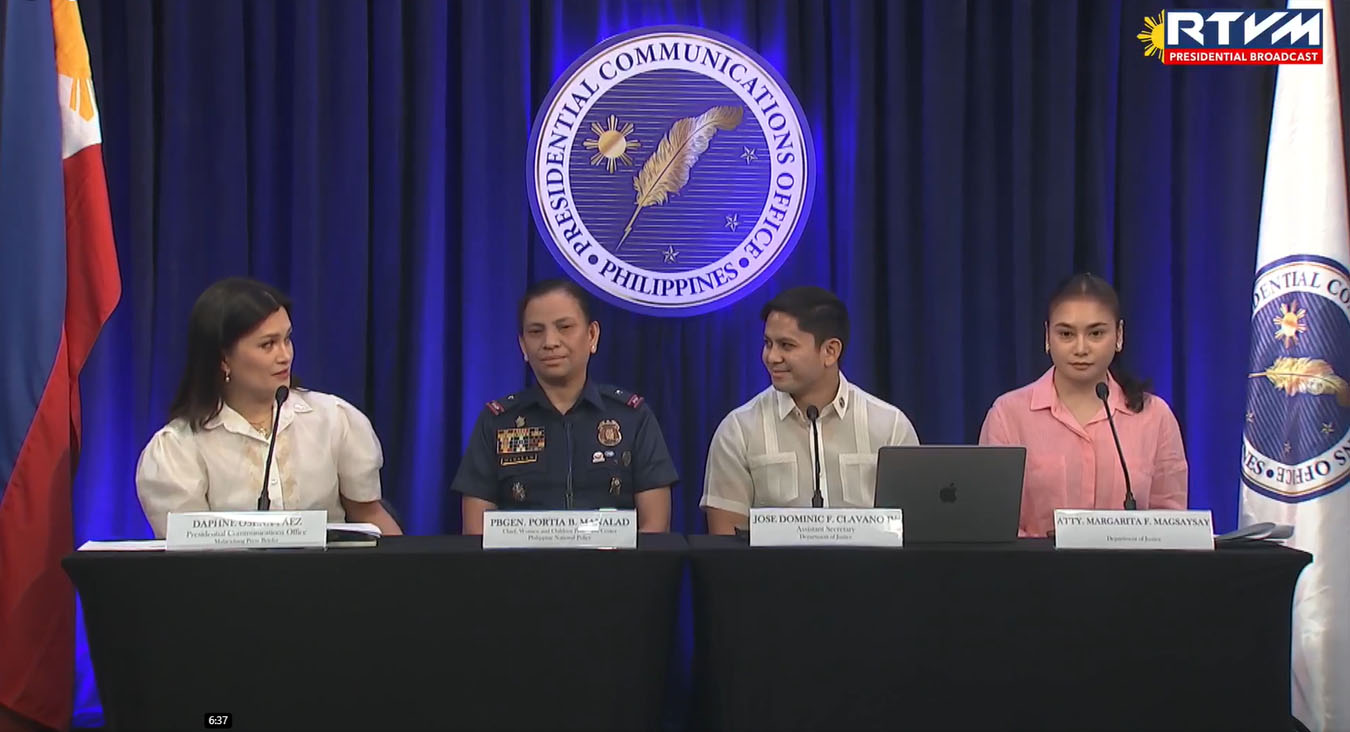November 13, 2015 – News Releases
 |
| 13 November 2015 |
|
|
|
| Progress report on Free Trade Area negotiations expected in Peru next year |
| Member economies of the Asia-Pacific Economic Cooperation (APEC) are expected to come up with a progress report after Peru’s APEC hosting next year on the possible negotiations on the Free Trade Area of the Asia Pacific (FTAAP), which was proposed by China last year.
In an interview on Thursday, APEC 2015 Senior Officials’ Meeting Chair Laura del Rosario said the progress report will be produced at the end of Peru’s hosting because crafting it will take time, considering the complicated nature of Free Trade Agreements (FTAs). What complicates FTAs are the differences in the liberalization or openness of each economy forging trade agreements with other economies, she explained. For instance, under the Regional Comprehensive Economic Partnership (RCEP), the Philippines has different dealings with its partners, among them India, Australia, China, Hong Kong, and Japan. “So what we are trying to do now is: can we have standard provisions? It is hard because we want to know what should we do here to be acceptable to everybody,” she said. Highlighting the timeframe for forging FTAs, she noted that the Trans-Pacific Partnership (TPP) spearheaded by the US, began negotiations in 2008. “It took them seven years. It is that complicated because you have to think of your own stakeholders,” she said. “Your stakeholders, as I said, could be small and medium enterprises, professionals, and you have to look also at your own products. You have to look into your own raw materials and so on.” Economies negotiating for FTAs must also take into consideration their own regulations. For example, when Vietnam joined the negotiations for the TPP, it had to think about its state-owned enterprises. The world of trade is a level playing field and a state-owned enterprise can enjoy some protection or perks, she said, adding that some economies or countries give preference to certain individuals, and this goes against the idea of a level playing field. If ever the APEC starts negotiating for FTAAP, it must be benchmarked on the TPP, which is now considered the highest level of FTA, del Rosario added. PND (as) |
|
|
| Public-private partnership model for infrastructure seen to boost growth in Asia-Pacific |
| The construction of infrastructure development projects, ranging from power and energy, transport , to schools and hospitals, can lead to poverty reduction as well as aid economic growth.As the infrastructure investment gap remains huge, more Asia-Pacific economies, including the Philippines, are utilizing public-private partnership (PPP) schemes to deliver infrastructure in affordable ways.
“One concrete and undeniable proof of the thriving program is the robust pipeline of projects that we have maintained in close coordination with various implementing agencies,” said Philippine PPP Center Executive Director Cosette Canilao. The Philippines has already awarded 10 PPP contracts to private partners and has more than 40 PPP projects in the pipeline with 14 projects in different stages of procurement. Five PPP projects worth P43.36 billion are expected to be completed by the end of President Benigno S. Aquino III’s term in 2016. These are two school projects, the Ninoy Aquino International Airport, the modernization of the Philippine Orthopedic Center, and the Daang Hari-South Luzon Expressway link. Socioeconomic Planning Secretary Arsenio Balisacan said the country needs to further address infrastructure backlogs while sustaining the momentum the economy has achieved. “Even as the economy at the moment has slowed down a bit, we should not stop from moving the economy to a higher growth trajectory at 7 percent. That should be our medium- to long-term (development plan),” he said. The government is increasing infrastructure spending to 5 percent of the gross domestic product (GDP) by 2016. Canadian Ambassador Neil Reeder, co-chair of the Asia-Pacific Economic Cooperation (APEC) PPP Experts Advisory Panel, estimated that at least US$3 trillion would be needed to fund infrastructure development in the Asia Pacific. APEC member economies are also banking on the creation of the PPP knowledge portal that would address the constraints in financing infrastructure, as this would provide basic information about the infrastructure opportunities in the region. Asia-Pacific business leaders are also pushing for alternative ways of financing long-term infrastructure investments in the region, including tapping the capital markets. “You have the bond market, the debt market and then you have the equity market. so that if there is a crisis in one of them, then the others can step in to provide the financing and keep the economy going,” said Dr. Julius Caesar Parrenas, a member of the APEC Business Advisory Council (ABAC). Parrenas noted that institutional investors, such as insurance companies and pension funds, park their money in capital markets to invest in long-term projects like infrastructure. Last September, the APEC Finance Ministers unveiled the Cebu Action Plan (CAP), a 10-year development roadmap for the Asia-Pacific region, identifying accelerating infrastructure development and financing among its four pillars. The roadmap’s other pillars include advancing fiscal reforms and transparency, promoting financial integration, and enhancing financial resiliency. The CAP will be endorsed to the APEC economic leaders, who will meet in Manila on November 18 to 19. The plan was also endorsed by the ABAC. (PCOO-APEC Communications Team) |
|
|
| Why APEC economies must pursue structural reform |
| Local firms could provide quality goods and services at lower prices to citizens when they no longer face restrictions in pursuing business opportunities in a country.
To build a more conducive business environment, governments need to undertake structural reform that involves eliminating complex regulations and processes so that economic transactions can be done more efficiently. They should also ensure that the economic activities of firms and individuals are conducted on a level playing field to adequately protect the welfare of smaller players and vulnerable groups. Steps to achieve structural reform: 1. Education and skills training can be provided to individuals to enable them to get employed in better-paying jobs or more productive businesses and livelihoods. 2. Governments need to increase access to financing and implement simple requirements for doing business to allow jobs-providers, small and medium enterprises, to flourish and link with global value chains. Ministers of the 21 member economies of the Asia-Pacific Economic Cooperation (APEC) have agreed to further improve the ease of doing business in the region by 10 percent between 2016 and 2018, paving the way for greater economic activity in the region. The goal covers five priority areas for regulatory reform under the APEC Ease of Doing Business Action Plan — starting a business, dealing with construction permits, trading across borders, getting credit, and enforcing contracts. With such regulatory reforms necessary for inclusive growth, economies expect more people to start businesses, and micro, small and medium enterprises (MSMEs) to go global. 3. Member economies need to develop and implement regional, urban and rural policies that will encourage investments and reforms in telecommunications and transport infrastructure. Enhancing connectivity is necessary to reduce regional disparities, allow people to get jobs in other places, and enable firms to widen their markets. 4. Members of the APEC need to undertake policies to increase the efficiency of financial markets and remittance channels to provide those in remote and isolated areas greater access to financing. 5. They need to pursue reforms to provide the poor and SMEs social protection and insurance that will enable them to withstand disaster-related calamities. 6. Member economies need to promote free and open markets that spur innovation and competition. This should be coupled with sound regulation.Free and open markets are important to achieve inclusiveness and protect smaller, disadvantaged market players. Last September, APEC ministers convened in Cebu, Philippines to advance their economic reform agenda and consider the continuation of the structural reform work program until 2020. They agreed to endorse a work program described under the five themes and embodied in the Renewed APEC Agenda for Structural Reform. These themes are Structural Reform for Inclusive Growth; Structural Reform and Innovation; Structural Reform and Services; Tools for Structural Reform; and New Directions for Structural Reform in APEC. Structural reform efforts identified during the Structural Reform Ministerial Meeting will be endorsed to the APEC economic leaders when they meet in Manila on November 18 to 19. The APEC members recognized the need to put a stronger focus on promoting economic growth through structural reform, given the residual effects of the global financial crisis that are still evident in many economies. This year, the Philippines is proposing a three-pillar structural reform agenda: those aimed at making markets more open, transparent and predictable across the region; increasing market participation of various sectors; and ensuring that those exposed to natural disasters or economic shocks would not slide to poverty. The country’s development strategies are attuned with the APEC’s structural reform efforts. The Philippines has been implementing various reforms that will contribute to sustainable and inclusive growth. These include the passage of the Fair Competition Act, the creation of an interagency task force on Ease of Doing Business, undertaking the game plan for competitiveness, strong governance and anti-corruption agenda, and expanding the poverty alleviation program, Pantawid Pamilyang Pilipino Program. (PCOO-APEC Communications Team) |
|
|
| Russian Prime Minister Medvedev to attend APEC Summit, says Palace official |
| The Palace confirmed on Friday that Russian President Vladimir Putin will not be able to attend the Asia-Pacific Economic Cooperation (APEC) Summit next week.
In a statement, Deputy Presidential Spokesperson Abigail Valte said the Russian delegation coming to Manila will instead be led by Prime Minister Dmitry Medvedev. The Palace official said the Russian leader discussed the reason why he cannot attend the APEC Summit in a telephone conversation with President Benigno S. Aquino III on Thursday night. “I can confirm that President Vladimir Putin called President Aquino last night to discuss matters related to the Philippines and Russia bilateral cooperation, and, of course, about the participation of Russia in the APEC Summit here in Manila in the coming days,” said Valte, who read the statement during a press briefing in Malacanang. “The Russian delegation will be headed by Prime Minister Dmitry Medvedev. President Putin also discussed with President Aquino the reasons for his inability to attend the APEC Summit to which President Aquino replied that he understood fully well the issues that are confronting the Russian government, and that he also understands the need of President Putin to stay in his country to ensure that the reasons behind some of their domestic issues are fully investigated and threshed out,” she added. Meanwhile, the Philippine government has not been informed yet on who will represent Indonesia in the APEC Summit after President Jokowi Widodo decided not to attend. “On the matter of the attendance of Indonesian President Widodo, we are awaiting formal confirmation from our friends in the Indonesian government on their representative to be sent to the summit next week. It is quite regretful that President Joko Widodo will most likely be unable to attend the summit. We understand that the pressing matters back home require his immediate attention,” Valte said. The Jakarta Post on Thursday reported that Indonesian Vice President Jusuf Kalla will represent President Widodo in the APEC Summit. In a news briefing at the World Trade Center on Thursday, Foreign Affairs Undersecretary Laura del Rosario said the trade minister of Indonesia will be attending the ministerial meeting before the leaders’ summit on November 18 and 19. Del Rosario said that whatever position Indonesia has on issues affecting the region will be reiterated by the country’s foreign and trade ministers. “We all know (President Widodo’s) trade minister is very liberal in his decision and knows the issue on APEC,” she said. “Indonesia will make sure its position will be reflected at the Senior Officials’ Meeting and the Leaders’ Declaration.” Widodo will attend the G-20 Leaders’ Summit in Turkey on November 15 to 16 and is expected to join the Association of Southeast Asian Nations (ASEAN) Summit in Kuala Lumpur, which will be held after the APEC. PND (jm) |
|
|
| APEC’s success reflected in improvement in people’s lives |
| The fulfillment of the Asia-Pacific Economic Cooperation (APEC) agenda is reflected in how it impacts the lives of its people, the chair of the APEC Senior Officials’ Meeting (SOM) said Friday.
“We will know we are successful in what we are doing when our own people feel the incremental improvement in their lives,” Foreign Affairs Undersecretary Laura del Rosario said in her opening remarks for the APEC Concluding SOM held in Manila. The SOM, she added, worked together to promote trade, investment and development in the Asia-Pacific region. She however noted that while the SOM has done a lot in terms of its agenda, there are aspects in it that need expansion, which they must discuss before finalizing the ministerial statement and the leaders’ declaration for next week. Del Rosario looked back to when the APEC founding members were deciding whether to focus on trade and investment or on development. “They said we should work on the trade and investment aspect of our economy because they know these two factors underpin our economic development and in the process, development will follow,” she said. She pointed out that today, the APEC has already evolved to also include the development requirements in the region in terms of women’s issue, human resources, environment impact, health, water, food nutrition, challenges of urbanization, and services like Internet, transportation and energy. “The economy is made up of many moving parts so therefore, we cannot just talk about one aspect . . . So, we have to make sure that all the systems are good and we are really taking care of all moving parts,” del Rosario said. The official said she hopes “our work for this year and the past years would have answered many questions taking into account the movement we have started in pushing for both a trade, investment and development agenda in APEC by our efforts to promote the diffusion of new norms and economic policy, which promote inclusiveness”. The SOM brings together senior officials from 21 APEC economies. It makes recommendations and facilitates the activities of the APEC leaders. The senior officials intend to finalize a joint ministerial statement, as well as the declaration, on Saturday. Del Rosario however admitted it could be quite difficult to come up with a joint statement because it keeps on expanding, even when they try to make it as concise as possible. She reminded the senior officials “that sometimes we don’t have to put a lot of those things in because we really believe that what we are doing is really there”. “Sometimes being quiet about it is the best way. I think what I am trying to say here is that: people will know and we will know it. And as people say: You know when a lion is there, the lion does not have to roar.” (PCOO-APEC Communications Group) |
|
|



